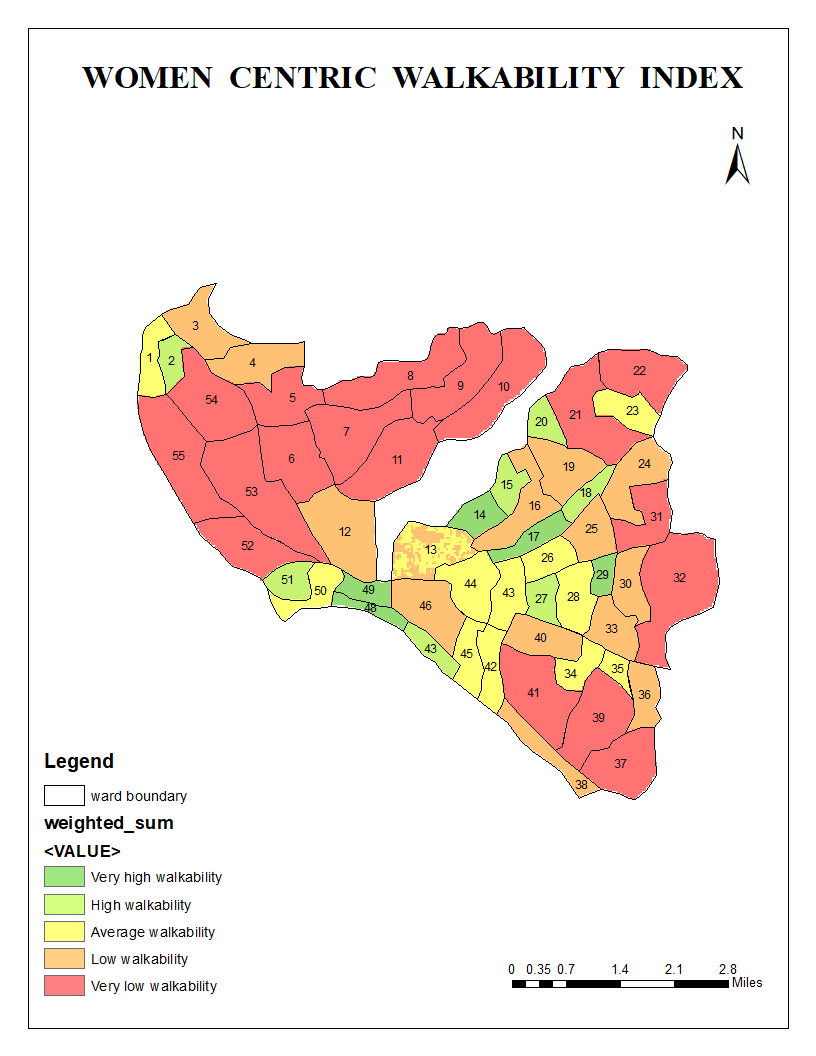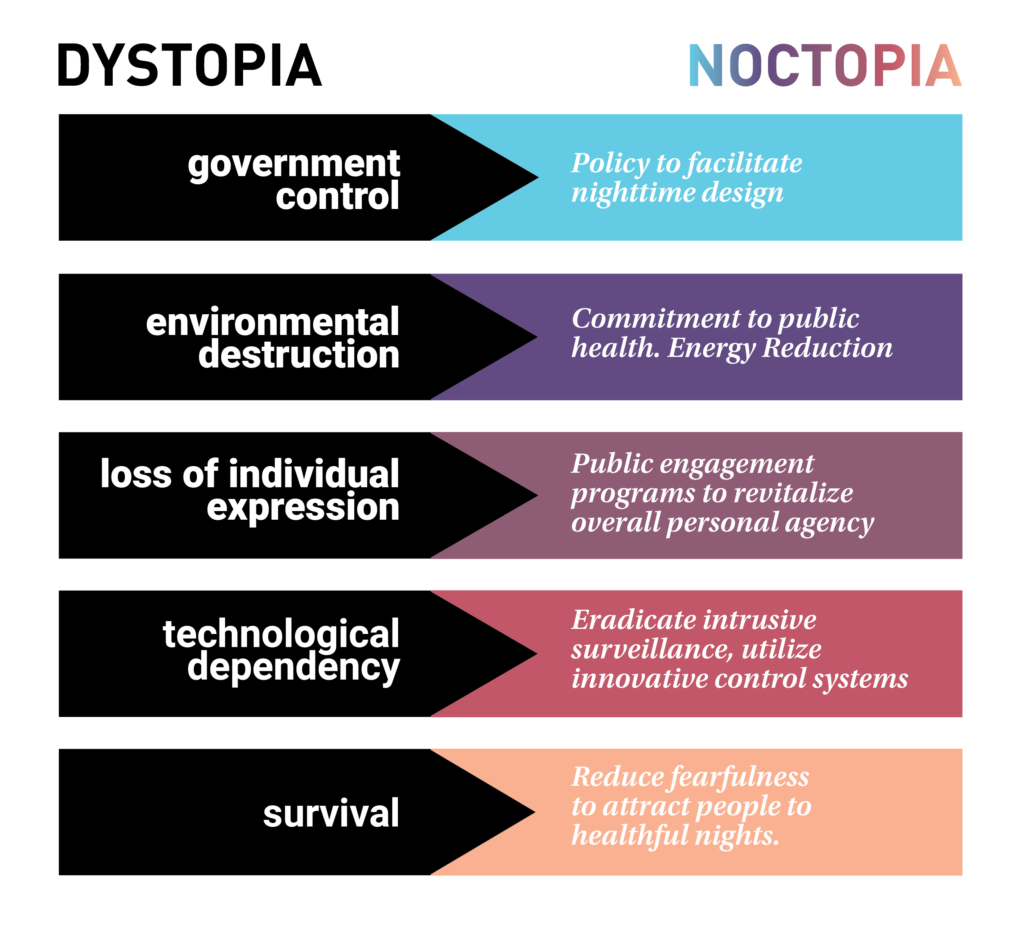City Know-hows

How gender-neutral is your city’s walkability? This study reveals key factors influencing women’s pedestrian experiences and introduces a women-centric walkability index developed through GIS mapping and AHP analysis, offering insights for creating safer, more inclusive urban spaces.
Share
Target audience
Urban Planners and City Officials- Use this study to design safe, accessible walking spaces for women. Public Health Professionals- Promote walking-friendly environments to improve women’s health and well-being. Sex-based advocacy NGOs- Advocate for urban designs that prioritize women’s safety and accessibility.
The problem
The problem we address is the lack of gender neutrality in existing walkability indices like Walk Score or the Global Walkability Index. While these indices effectively measure generic walkability, they fail to consider the specific needs and challenges faced by women. Women’s walkability is influenced by factors such as safety, infrastructure, and accessibility, which are often overlooked. This gap necessitates the development of a women-centric walkability index to create equitable and inclusive walking environments.
What we did and why
We explored walkability, recognizing its gender bias, with existing indices like Walk Score overlooking women’s specific needs. Our goal was to analyze factors affecting women’s walkability and develop a women-centric index. Focusing on 55 wards in Kollam Corporation, Kerala, we used 15 indicators from literature, applied the Analytical Hierarchy Process for weightage, and analyzed secondary data using GIS software. This study emphasizes key infrastructural improvements to enhance women’s pedestrian experiences and ensure safety and accessibility.
Our study’s contribution
This study introduces the Women-Centric Walkability Index, addressing factors influencing women’s walking experiences in urban areas. Analyzing fifty-five wards in Kollam Corporation, Kerala, we identified key indicators like well-maintained sidewalks, street lighting, safety measures, and access to public amenities that enhance women’s walkability. Using the Analytical Hierarchy Process and GIS analysis, our research highlights the need for safer, more accessible, and comfortable walking environments for women, benefiting all pedestrians.
Impacts for city policy and practice
In our study, we propose a women-centric walkability index that focuses on factors enhancing the pedestrian experience for women. Analyzing data from Kollam Corporation, we identified key elements such as well-maintained sidewalks, street lighting, and safety measures that significantly improve walkability for women. Our findings emphasize the importance of incorporating these features into city planning to create inclusive, accessible environments, promoting walking as a safer and more comfortable mode of transportation for all.
Further information
Full research article:
Measuring women-centric walkability in Kollam, India: an indices-based approach by Sruthi Suresh & Arshi Parashar
Related posts

A study of mid to older adults in Brisbane, found that people living in disadvantaged areas were more likely to be lonely. This was partially explained by levels of residential density.

Dystopian frameworks portend the future. With climatic upheavals increasing, dystopia is now. Because of escalating urban heat and heat-related illness and death, this essay speculates a future that switches daily activities into the coolness of night: Noctopia.

Are you prepared for the health risks of extreme heat? Our new study shows that exposure to extreme heat increases the risk of mortality from Non-Communicable Diseases. Check out our systematic review of the effects of extreme heat, both indoors and outdoors, on health in the UK.